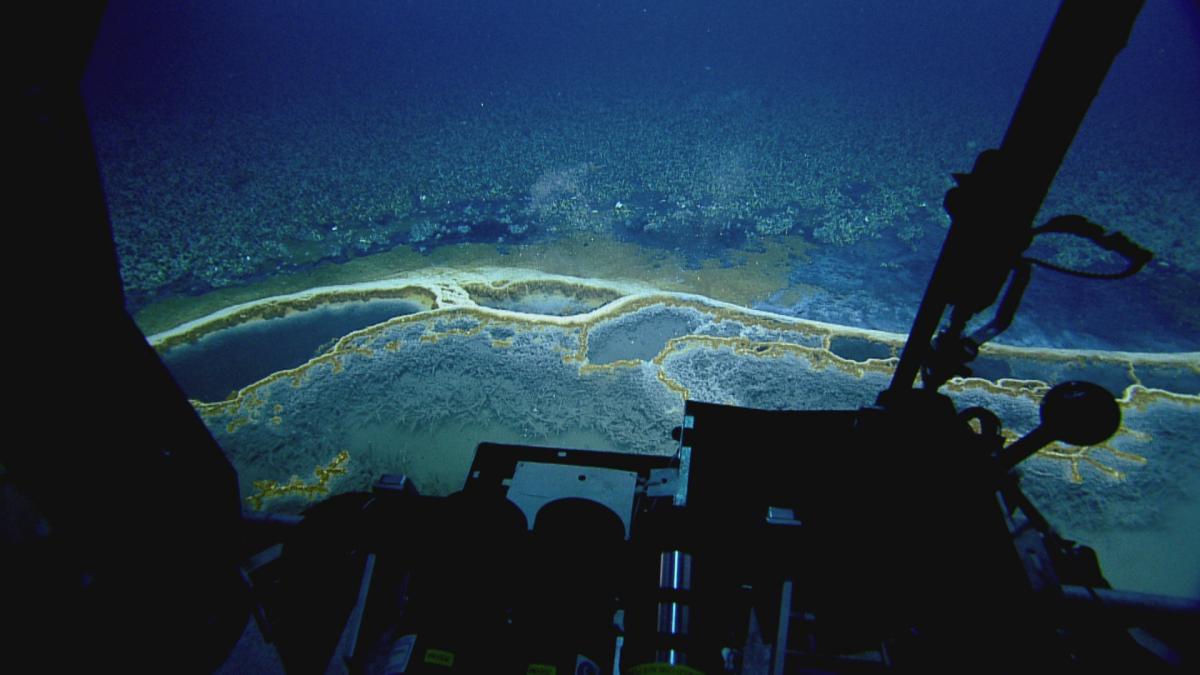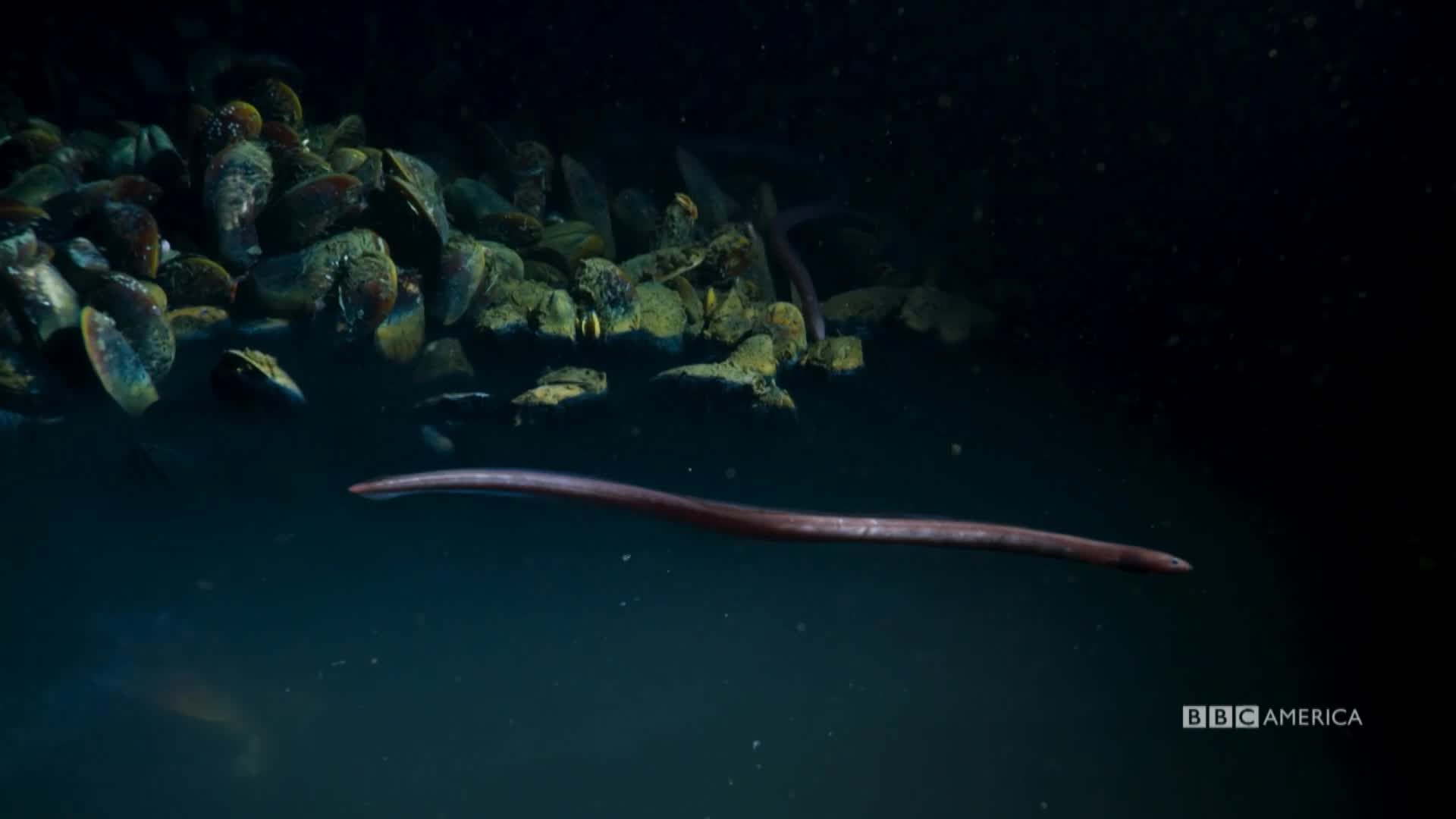
Squid, krill, jellies, and fish are super abundant in this zone. Barely any light filters down to these depths, and yet still life thrives here. The area of the ocean between 650 and 3,300 feet (200-1,000 m) is called the mesopelagic. These locations venture into the hadalpelagic zone, places so deep only a handful of humans have ever traveled there so far. And finally, the deepest reaches of the ocean are found at the bottom of precipitous trenches. Travel deeper and you will find the abyssopelagic zone-the abyss. Animals create their own bioluminescent light and, if they haven’t lost them, have highly light-sensitive eyes to see the light produced by other animals. You can’t dive to the deep ocean on your own, of course, but scientists have a variety of sophisticated technologies to explore this vast frontier.īeginning with the bathypelagic zone, the ocean is completely void of light from the sun, moon and stars. Despite these harsh conditions, there is life-an astounding variety of creatures that will boggle your mind. The further we dive down from the surface, the less new food is available, making the fight to survive that much more challenging. At this depth, we’ve reached the average depth of the deep-sea floor, a place that may start to get a little muddy. By 13,000 feet (4,000 meters), the temperature hovers just below the temperature of your refridgerator. Any light still filtering down has diminished to appear completely black, leaving only animals and bacteria to produce the light found here. Dive deeper and the weight of the water above continues to accumulate to a massive crushing force.


By 650 feet (200 m) all the light is gone to our eyes and the temperature has dropped dramatically. As you dive down through this vast living space you notice that light starts fading rapidly. But the deep sea remains largely unexplored. More information on “Planet Earth: Blue Planet II” is available here, and more information on “Our Blue Planet” is here.Below the ocean’s surface is a mysterious world that accounts for over 95 percent of Earth’s living space-it could hide 20 Washington Monuments stacked on top of each other. “One inspired person can serve as a nucleus for action to protect the ocean.” “I feel compelled to use any opportunity to educate and empower the public to generate positive change in the world,” she said.
Blue planet deep sea brine sea series#
Joye’s involvement in projects like the Blue Planet II series reflects her commitment to communicating with the public about ocean science and ocean conservation. In addition to serving as a science adviser for “Planet Earth: Blue Planet II,” Joye is featured in two digital shorts films co-produced by BBC Earth and Alucia Productions powered by OceanX, including “ The Future of the Oceans” and “ Brine Pools: Exploring an Alien World.” Other shorts and a large-screen format film will be released in coming months. By using breakthroughs in science and cutting-edge technology to explore this final frontier, the seven-episode series reveals the astonishing characters, otherworldly places and extraordinary new animal behaviors. “ Planet Earth: Blue Planet II” is presented by Sir David Attenborough and scored by Academy Award-winner Hans Zimmer. Samantha Joye with Sylvia Earle of Mission Blue on the Alucia. “What we’ve learned is that every single one of them is unique, and that means the microbiology is unique and could have very real potential for biotechnology and biomedical use.” “In the Gulf of Mexico, there are hundreds of brine pool ecosystems we’ve explored less than 10,” she said.

The team descended in the Alucia submersibles to visit the brine pools where Joye, a world-renowned marine scientist, collected samples from this rarely visited ecosystem - which could lead to medical breakthroughs or provide clues to the origins of life. Sylvia Earle of Mission Blue were aboard the research vessel Alucia for several weeks to observe and advise. Samantha Joye, Georgia Athletic Association Professor of Arts and Sciences, is one of the very few humans who have seen the mysterious brine pools of the ocean floor, and her expertise informs the new BBC documentary, “Planet Earth: Blue Planet II.”Īs a team from Alucia Productions powered by OceanX worked with the BBC to film the brine pools for “Blue Planet II,” Joye and Dr.


 0 kommentar(er)
0 kommentar(er)
